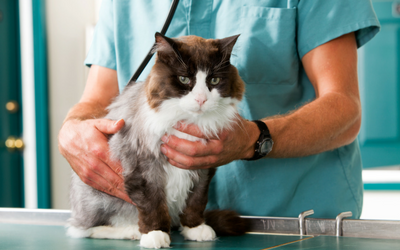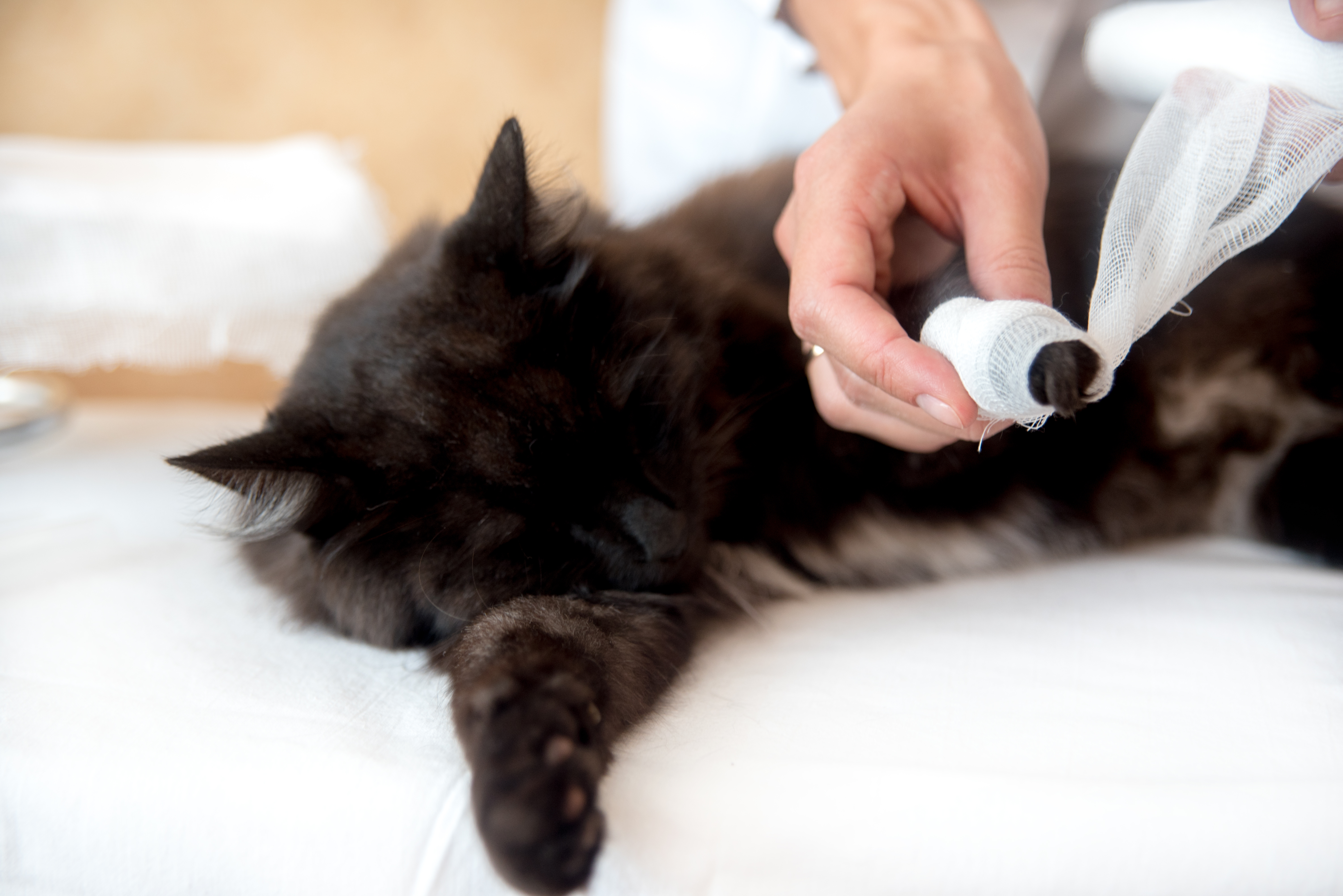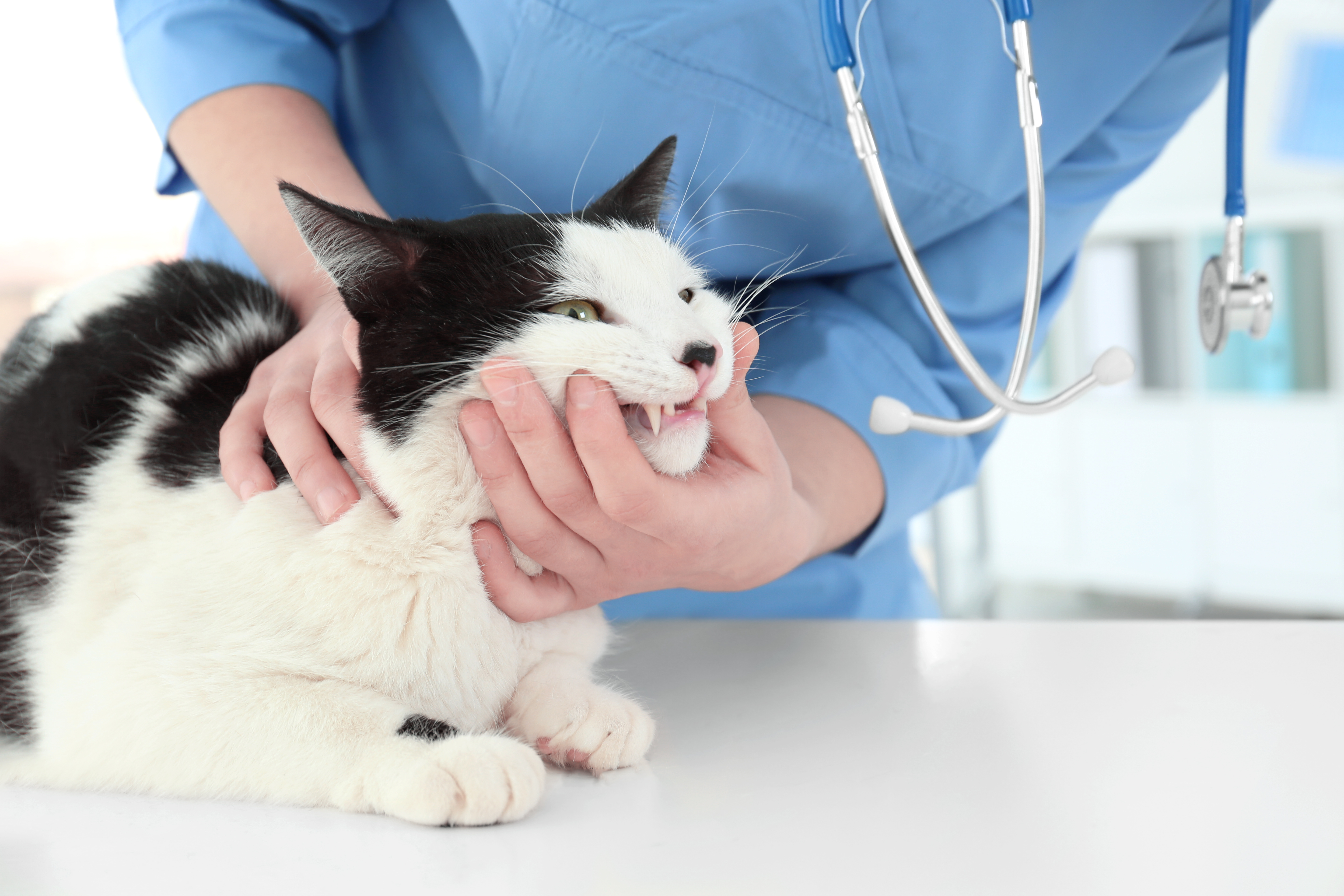Home | Surgical Info | Post-operative Care for Orthopedic Surgery
Post-operative Care for Orthopedic Surgery
Keywords:
Post-Operative Care for General Orthopedic Surgery: Ensuring a Safe Recovery
Proper post-surgical care is essential for a successful recovery after orthopedic surgery. For the first 8 to 12 weeks, strict activity restriction is required to prevent complications and promote healing.
Three Key Principles for Orthopedic Surgery Recovery
Supervised Indoor Movement
Your pet may be inside on carpeted surfaces under direct supervision.
Slow, controlled walking around the room is permitted—but no constant movement.
🚫 Such as: Running, jumping, playing, or sudden movements are strictly prohibited.
Featured Resources

We Welcome New Patients!
We're always happy to give your furry friend care at our hospital. Get in touch today!
Contact UsLeash-Only Outdoor Activity
Your pet must always be on a leash when outside for bathroom breaks.
If crossing slick floors or uneven ground, use a belly-band to prevent slipping. (This is not for support but as a safety precaution.)
🚫 No off-leash activity, running, or extended walks during recovery.
Crate Confinement When Unsupervised
When not directly supervised, your pet must be confined to an airline kennel or equivalent to prevent accidental injury.
Following these post-operative care guidelines will ensure a smoother recovery, reduce the risk of complications, and help your pet regain mobility safely.
General Post-Operative Care Guidelines for Orthopedic Surgery
A strict recovery plan is essential to ensure your pet heals properly after orthopedic surgery. Follow these guidelines carefully to prevent complications and support a smooth recovery.
Activity Restrictions & Confinement
No playing with other animals – Keep your pet separated from other pets to prevent accidental injuries.
Supervised movement only – Your pet should remain confined in a crate or small space when not under direct supervision.
No jumping, running, or bouncing – If your pet is too active in its confined area, tranquilizers may be needed to reduce anxiety and prevent injury.
Nutrition & Weight Management
Reduce food intake – Most pets will maintain a healthy weight if their food is reduced by half during confinement.
Normal water consumption – Ensure your pet has constant access to fresh water.
Prevent weight gain – Extra weight increases stress on healing bones and joints, delaying recovery.
Incision & Wound Care
Monitor the incision for 2 weeks – Check daily for swelling, redness, discharge, or opening of sutures
No licking or chewing – This can cause infection or sutures to loosen. Use an E-collar if necessary.
Healing Timeline & Preventing Setbacks
Bone healing takes 6 to 8 weeks – Your pet may feel better before fully healed, but you must strictly follow confinement rules.
Signs of complications:
If your pet yelps suddenly, contact your veterinarian immediately.
Recovery should show steady improvement—any setback or decline requires immediate veterinary attention.
Inform your veterinarian immediately if your pet experiences any sudden changes in mobility, pain, or activity that may jeopardize the surgery outcome. Early intervention leads to better long-term results.
Follow-Up Appointments & Radiographs
2 Weeks Post-Surgery – Incision check-up and healing assessment.
8 Weeks Post-Surgery – X-rays to evaluate bone healing and begin a regulated activity program.
4 Months Post-Surgery – Final X-rays and clearance for normal activity.
Need Post-Surgical Support? Contact Canton Animal Hospital Today!
Following these recovery guidelines will help your pet heal faster and return to a pain-free, active life.
Post-Operative Rehabilitation for Orthopedic Surgery
Once X-rays confirm bone healing (typically around 8 weeks post-surgery), a structured rehabilitation plan begins. This process gradually rebuilds muscle, stretches scar tissue, and strengthens the joint, ensuring a safe return to normal activity.
Rehabilitation Guidelines: Safe & Gradual Progress
Phase 1: Weeks 8–12 (Controlled Walking on a Short Leash)
Begin with a 5-minute walk on a short leash in the heel position.
If your pet remains comfortable, continue at this distance for 3–4 days.
Gradually increase the walking time by doubling the distance every few days if there’s no stiffness or discomfort.
If your pet shows stiffness after exercise, reduce the distance and progress more slowly.
Multiple short walks are better than one long walk—instead of doubling walk time, increase the number of walks per day.
Water Therapy: If your dog enjoys swimming, replace a walk with a swim of equal duration. However, avoid jumping into the water—your dog should enter at a controlled pace.
Phase 2: Weeks 12–14 (Long Leash Walking & Increased Mobility)
Transition to a 10–15-foot leash or a flexible lead.
Reduce walk length initially since the freedom to trot increases leg usage.
Every few days, double the time or frequency of walks based on comfort level.
Monitor for stiffness and adjust activity levels accordingly.
Phase 3: Weeks 14–18 (Supervised Off-Leash Time)
Introduce mild off-leash activity in a safe, enclosed area.
Continue long-leash walks but allow supervised off-leash time in the yard—starting with 5 minutes after a walk.
Gradually increase off-leash time every few days while ensuring your dog remains under voice control.
Restricted Activities: No jumping, playing with other dogs, chasing balls, frisbees, or high-impact movements.
Final Check-Up & Clearance for Full Activity
At the end of rehabilitation (week 18+), a final veterinary check-up is required to ensure your pet is fully healed before resuming normal activity levels.
Following this structured rehabilitation plan will help your dog regain strength safely and prevent reinjury.
Need guidance on your pet’s recovery? Contact Canton Animal Hospital today!
Featured Resources

We Welcome New Patients!
We're always happy to give your furry friend care at our hospital. Get in touch today!
Contact UsTips and Advice from Our Team
Looking for advice about caring for your pet? Our blog features helpful tips and educational material from our team to support your needs.




